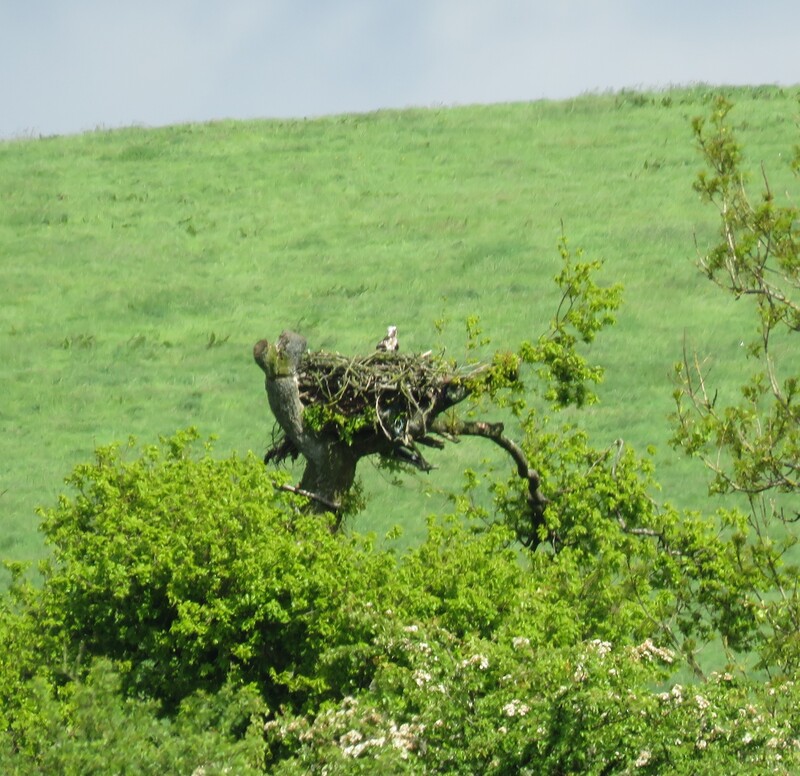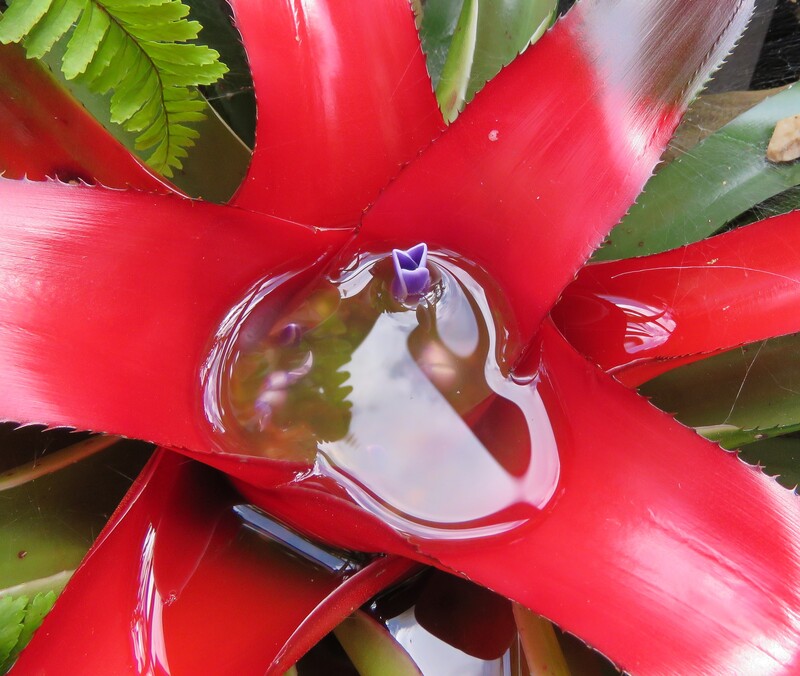 Threave Castle
Threave Castle A small boat lies out in the river, inviting us to venture over to the island and ruined castle, to explore and immerse ourselves in the beauty and tranquillity of the morning. ‘I could swim out and fetch the boat, if you like,’ he offers. Jackdaws fly into niches high in the tower, patterned like a dovecot. A peregrine flies over the ruin, perhaps her nest is in the tower. Doves wouldn’t last long with a peregrine about.
From Stepping Stones hide we contemplate the river bank which seems perfect for kingfisher. The beauty and solitude of the scene is blissful. A red kite flies low and sunlit overhead and vanishes in trees where it is nesting. Sunlight renders the bird translucent in silver and rich colour. I had high hopes of Threave but all this surpasses expectation.
Threave is a delight so why was Archibald, third Earl of Douglas dubbed 'the grim'? For the first time I realise that Castle Douglas is named for the Douglas clan, a power in South West Scotland and rivals of the Percy family in Nothumberland. A line from Shakespearre's Henry 1V part 1 echoes in my thought, 'the earl of Douglas is discomfited.' At the battle of Holmedon Hill in 1402, Hotspur’s (Henry Percy) most important prisoners are the fourth Earl of Douglas and his eldest son Mordake, Earl of Fife.
King Henry 1V, Act 1 scene 1
King Henry
The Earl of Douglas is discomfited;
Ten thousand bold Scots, two-and-twenty knights,
Balked in their own blood, did Sir Walter see
On Holmedon’s plains. Of prisoners Hotspur took
Mordake, Earl of Fife and eldest son
To beaten Douglas, and the Earl of Atholl,
Of Murray, Angus, and Menteith.
And is not this an honorable spoil?
A gallant prize?
Threave Castle lies west of Castle Douglas on an island in the River Dee, a Douglas stronghold in 1400 when Archibald the Grim died there. Impossible to imagine this location at that time. And around 900 AD when the Gallowey Hoard was buried near Kirkcudbright at the western edge of the Anglo-Saxon kingdom of Northumbria with waves of Norwegian Vikings raiding and trading from their settlements in Dublin, about the Irish Sea and far beyond.
I need Odin's raven Munnin to give me perfect memory of the first time I saw Threave Castle. It was in early November some thirty years ago on a sunlit day when the reed beds were red-gold. The place will live -on in my mind’s-eye as magical, and elusive.
We spend the afternoon at Threave Gardens, with overviews of the surrounding countryside.
By the RSPB Reserve at the Ken Dee marshes swallows fly close and low as they feed over sheep pasture and beneath the trees. We watch a red kite being seen off by corvids.
Back in our cosy cottage that evening we mull over what we know and can discover about Archibald the Grim and the power of Douglas in Scotland. With the passing of time, any aura of grimness about Archibald Douglas is long gone from Threave.










 RSS Feed
RSS Feed